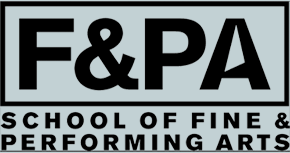A Living Collection
Curated by Katie Hood Morgan with community members and Museum staff
Ongoing
Corridor Gallery and the Sarah Bedrick Gallery
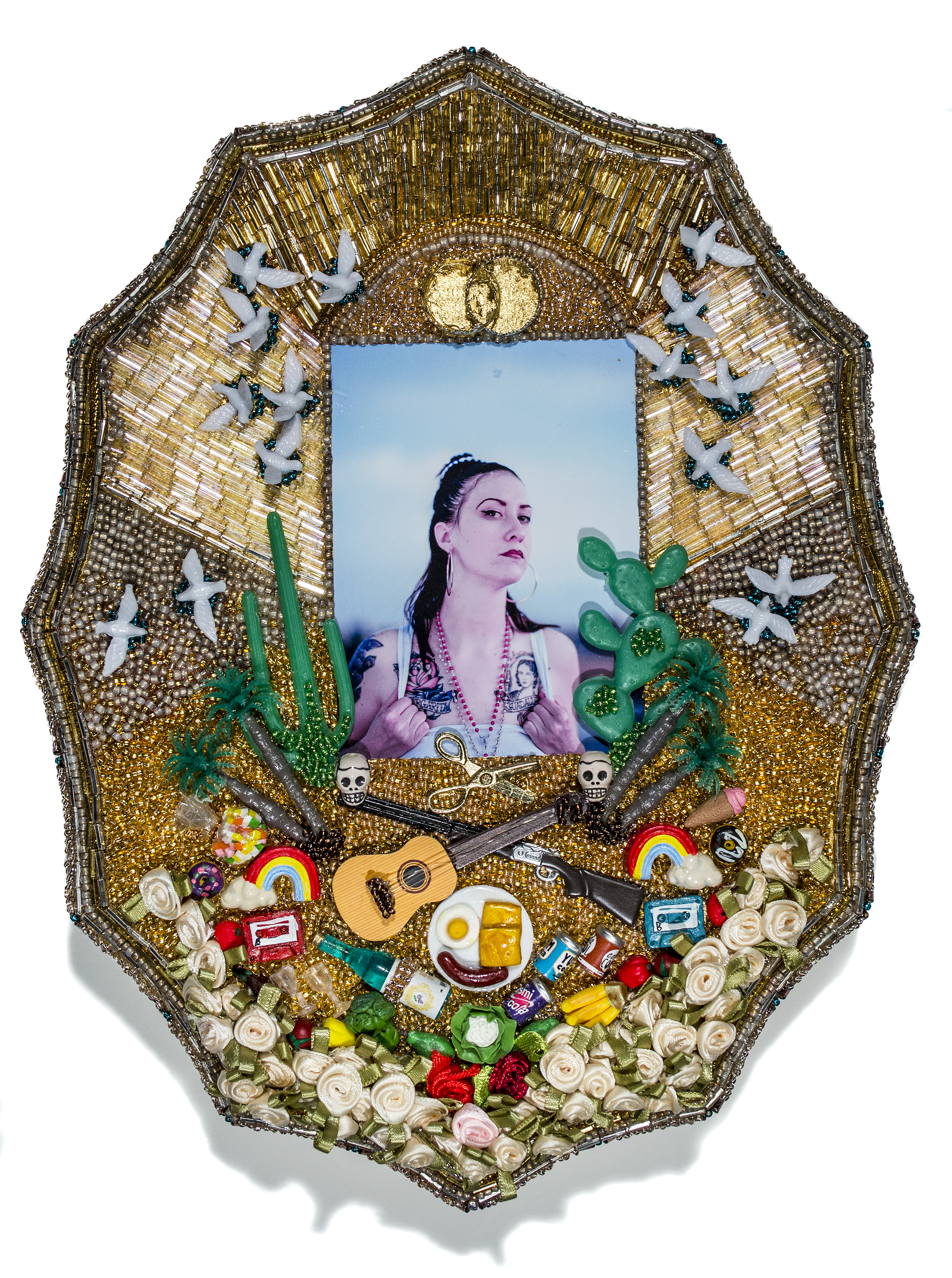
Libby Paloma, Chingona AKA Libby, from the series Lo Que No Sabías (What You Wouldn't Know), central photograph by Ace Lehner, 2019. Acquired with funds from the Alice and Horace Chandler Art Acquisition Fund
The Dorsky Museum’s collection of almost 7,000 artworks is wide-ranging and eclectic, with important artworks and material culture originating from a variety of places and periods—from ancient and Pre-Colonial civilizations through to the present-day Hudson Valley. A Living Collection proposes an alternative to the notion of a static “permanent” collection. Like a living organism, a museum’s art collection is ever-changing, its meaning shifting along with contemporary viewpoints and visitor interpretations.
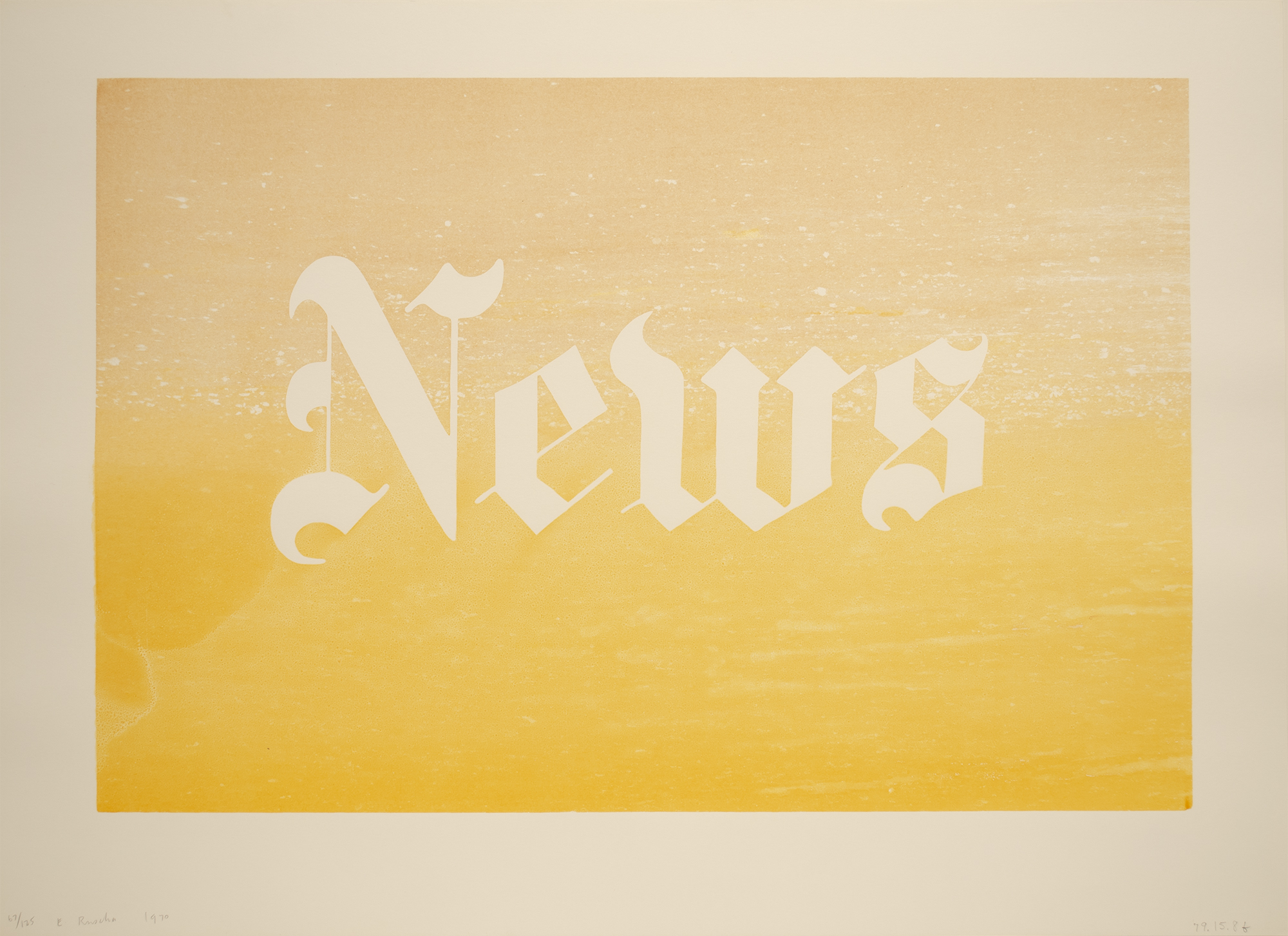
This display tells the story of The Dorsky collection from a range of perspectives, making space for traditionally marginalized voices and asking questions that only you can answer. We welcome you to experience the Museum as a site of discovery, critical thinking, and community. You are an essential part of The Dorsky collection’s unfolding story.
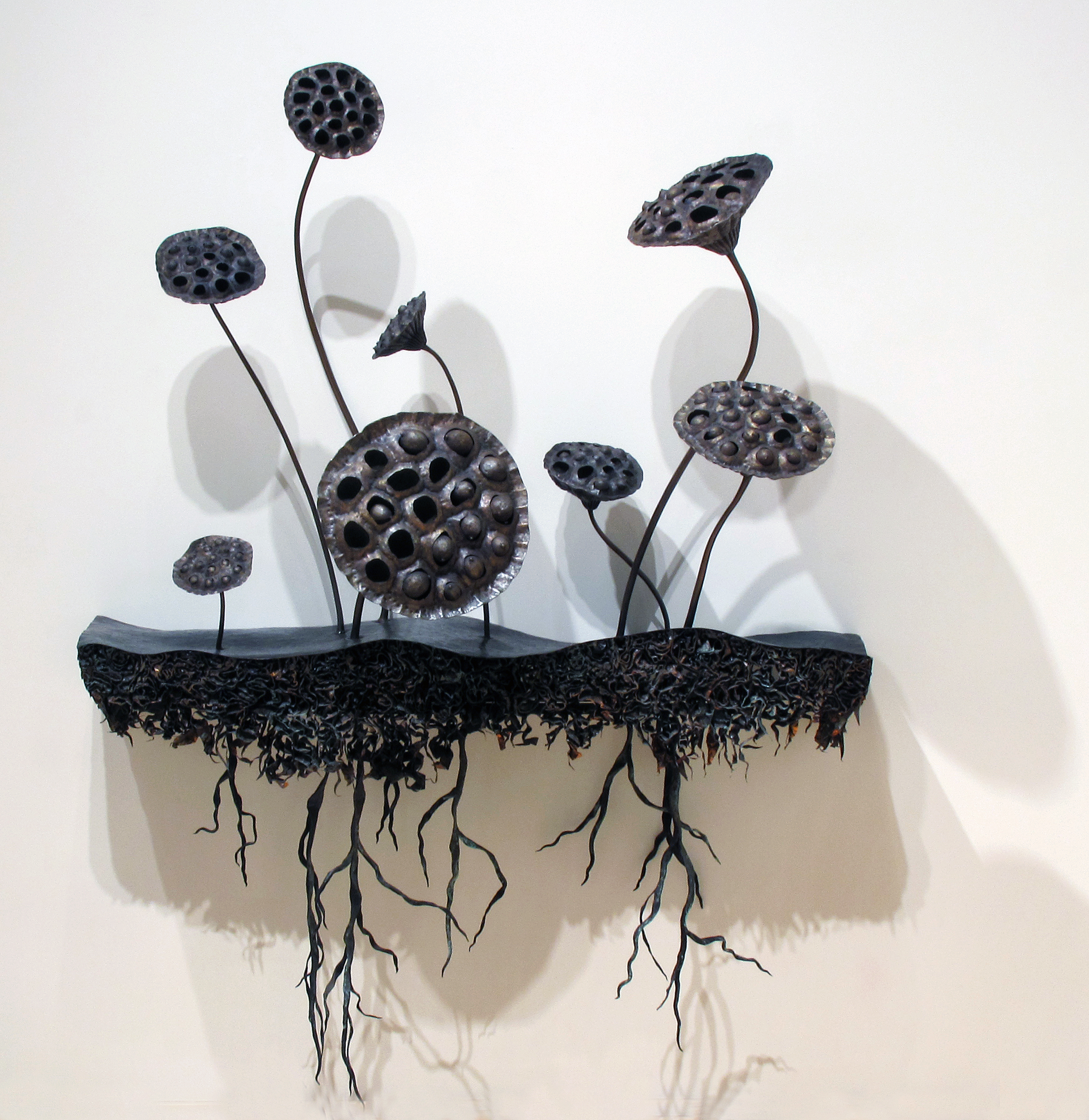
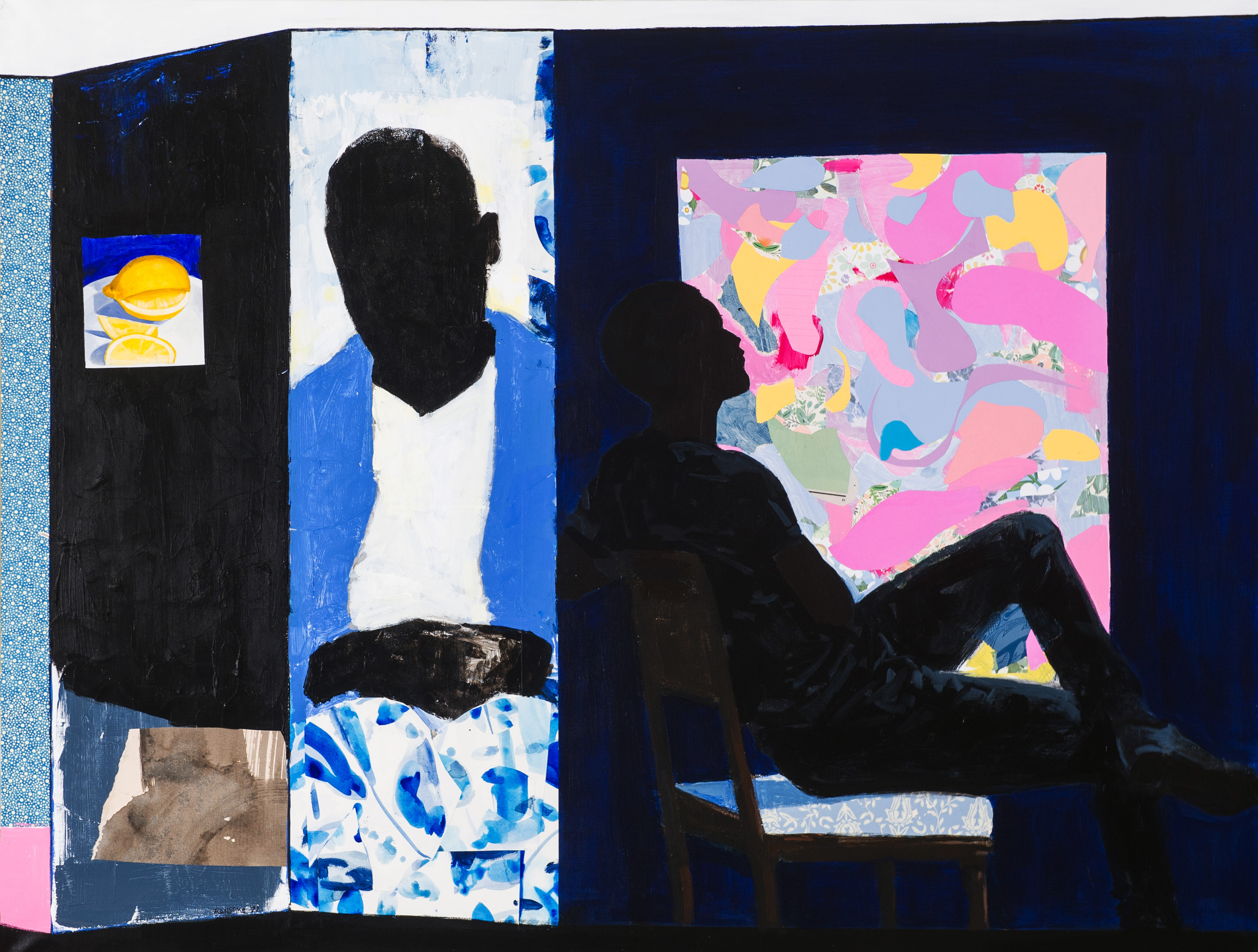
Drawing connections between artworks and considering how their meanings continuously evolve with the viewer's response, a series of thematic pathways are presented which link works across time period, medium, and style. Along these pathways we invite you to find your own way and make connections from our contemporary moment into the past, from your life to the artists’ creations, enjoying the universal and timeless potential of art.
- Identity and the Body: What can the figures and faces shown here tell us about the artists’ experience and our shared human histories?
- Ecology and Natural Forms: How have artists used nature in their work to express humanity’s evolving relationship to the natural world?
- Social Justice: How can visual art be a tool of activism and social change?
- Art in the Everyday: What kinds of unexpected meanings and stories can we uncover in everyday objects and materials?
A Living Collection
Curated by Katie Hood Morgan with community members and Museum staff
Ongoing
Corridor Gallery and the Sarah Bedrick Gallery

Libby Paloma, Chingona AKA Libby, from the series Lo Que No Sabías (What You Wouldn't Know), central photograph by Ace Lehner, 2019. Acquired with funds from the Alice and Horace Chandler Art Acquisition Fund
The Dorsky Museum’s collection of almost 7,000 artworks is wide-ranging and eclectic, with important artworks and material culture originating from a variety of places and periods—from ancient and Pre-Colonial civilizations through to the present-day Hudson Valley. A Living Collection proposes an alternative to the notion of a static “permanent” collection. Like a living organism, a museum’s art collection is ever-changing, its meaning shifting along with contemporary viewpoints and visitor interpretations.

This display tells the story of The Dorsky collection from a range of perspectives, making space for traditionally marginalized voices and asking questions that only you can answer. We welcome you to experience the Museum as a site of discovery, critical thinking, and community. You are an essential part of The Dorsky collection’s unfolding story.


Drawing connections between artworks and considering how their meanings continuously evolve with the viewer's response, a series of thematic pathways are presented which link works across time period, medium, and style. Along these pathways we invite you to find your own way and make connections from our contemporary moment into the past, from your life to the artists’ creations, enjoying the universal and timeless potential of art.
- Identity and the Body: What can the figures and faces shown here tell us about the artists’ experience and our shared human histories?
- Ecology and Natural Forms: How have artists used nature in their work to express humanity’s evolving relationship to the natural world?
- Social Justice: How can visual art be a tool of activism and social change?
- Art in the Everyday: What kinds of unexpected meanings and stories can we uncover in everyday objects and materials?
SUNY New Paltz 1 Hawk Drive, New Paltz, NY 12561
845.257.3844
For more information contact us at sdma@newpaltz.edu
